The Jeep Willys MB, produced between 1941 and 1945, is an iconic utility vehicle renowned for its pivotal role during World War II. Known for its rugged durability, versatility, and reliable performance, the Willys MB became a symbol of American ingenuity and resilience. It was designed to meet the U.S. Army’s need for a light, all-terrain light military utility vehicle and excelled in various combat environments.
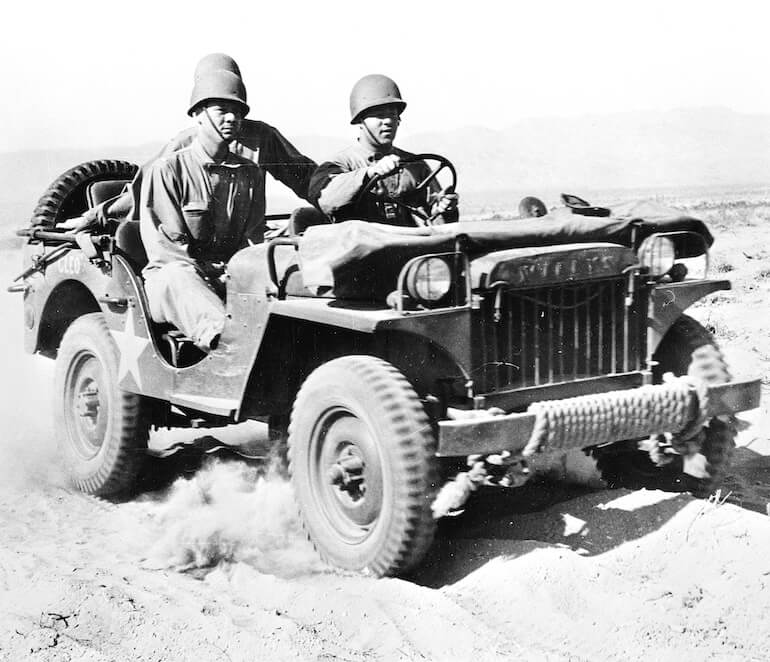
The Willys MB’s design included a robust and straightforward construction, featuring a two-piece windshield and a body equipped with tool indentations on the driver’s side. Its compact dimensions – 132 inches in length, 62 inches in width, and a height of 69.9 inches with the top up – made it exceptionally maneuverable in tight and challenging terrains. With a wheelbase of 80 inches and a gross weight of 3,650 pounds, the Willys MB could carry significant loads despite its relatively small size.
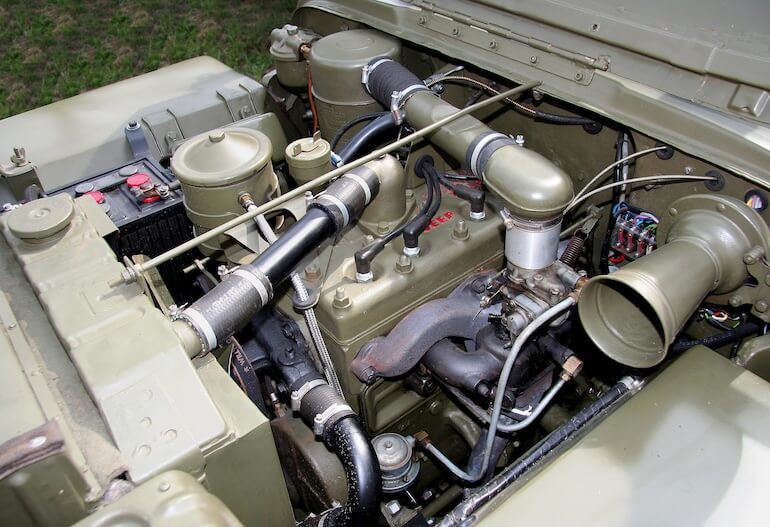
Under the hood, the Jeep MB was powered by the reliable Willys L134 “Go-Devil” engine, which delivered 60 horsepower and 105 ft-lb of torque. This engine, combined with a 3-speed transmission and a 2-speed Dana 18 transfer case, provided the light utility vehicle with a top speed of 65 mph and a range of 285-300 miles. The vehicle’s 6.00-16 tires, along with its Dana 25 front axle and Dana 27 rear axle, ensured it could handle various terrains with ease.
Dimensions
| Length (overall) | 132 in (335 cm) |
| Width (overall) | 62 in (157 cm) |
| Height (Top Up) | 69.7 in (177 cm) |
| Height (Top Down) | 52 in (132 cm) |
| Tire Size | 6.00-16 |
| Wheelbase | 80 in (203 cm) |
| Ground clearance | 8.7 in (22 cm) |
| Weight (curb) | 2,453 lb (1,113 kg) with engine fluids and full fuel |
| Weight (dry) | 2,337 lb (1,060 kg) |
Engine Specifications
| Engine Model | Willys L134 “Go Devil” straight-4 flathead |
| Displacement | 134 cu in (2.2 L) |
| Number of Cylinders | 4 |
| Power (gross) | 60 hp (45 kW) @ 4000 rpm |
| Power (net) | 54 hp (40 kW) |
| Torque | 105 ft-lb (142 N-m) @ 2000 rpm |
| Power/weight | 49 hp/ST (40.3 kW/t) |
| Compression Ratio | 6.48:1 |
Axles & Transmission Specs
| Transmission | 3 speed + reverse (T-84) |
| Transfer Case | 2 Speed Dana 18 |
| Front Axle | Dana 25 |
| Rear Axle | Dana 27 |
| Max Speed | 65 mph (105 km/h) |
| Fuel Capacity | 15 gal (57 L) |
| Operational range | 300 mi (480 km) |
Body & Chassis Specs
| Seating Capacity | 3 to 4 |
| Body Style | Doorless |
| Payload capacity on-road | 1,200 lb (540 kg) |
| Payload cross-country | 800 lb (360 kg) |
| Suspension | Live axles on leaf springs front and rear |
| Layout | Front engine, rear-wheel drive / four-wheel drive |
| Interior | No Tailgate, Tool Indentions on Drivers Side, 2 Piece Windshield |
Willys L134 “Go Devil” Engine Applications
- 1937–1942 Willys Americar
- 1941–1945 Willys MB
- 1941–1945 Ford GPW
- 1944–1945 Willys CJ-2
- 1945–1949 Willys CJ-2A
- 1946–1950 Willys Jeep Station Wagon
- 1949–1953 Willys CJ-3A
- 1948–1950 Willys Jeepster
- 1950–1952 Willys M38
- 1950–1954 Henry J
- 1952–1954 IAME Rastrojero
- 1956–1965 Willys DJ-3a
- 1956–1965 Hotchkiss M201**
** Hotchkiss M201 Utility Vehicle = Willys MB produced under licence in France 1956–1965.

The Willys MB’s fuel capacity of 15 gallons allowed for extended operations without frequent refueling, a critical feature during wartime. The vehicle’s 6-volt negative electrical system was standard for the era, ensuring compatibility with military equipment and infrastructure.
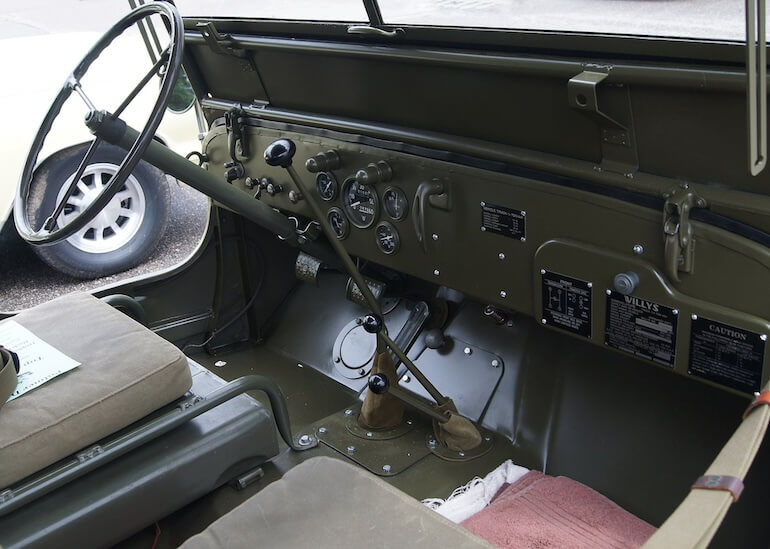
The Jeep Willys MB not only served as a transport vehicle but also carried out numerous roles, from ambulance to command car, showcasing its adaptability. Its straightforward design made it easy to repair and maintain in the field, contributing to its legendary status as a dependable and essential tool of the Allied forces during World War II.
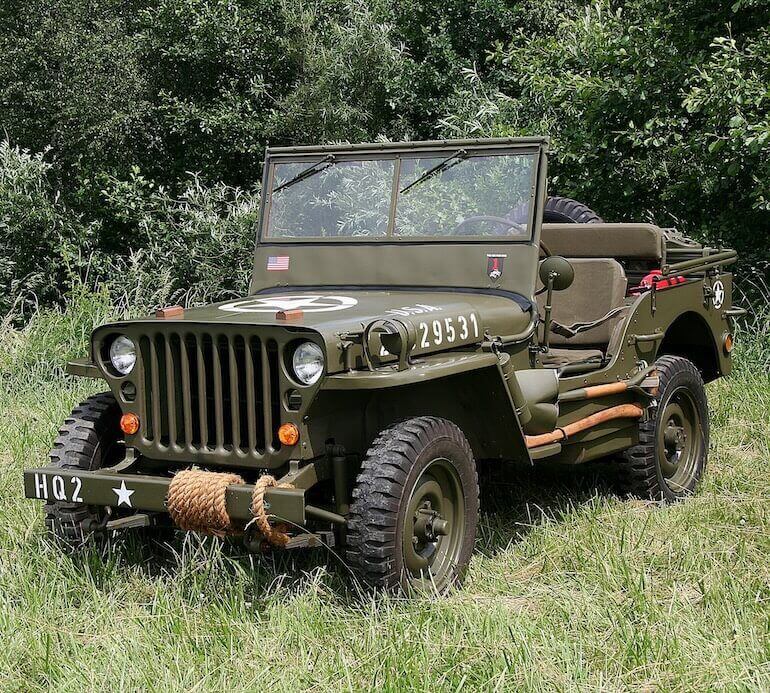
Today, the Jeep Willys MB remains a celebrated piece of automotive and military history, symbolizing the ingenuity and resilience of its time.
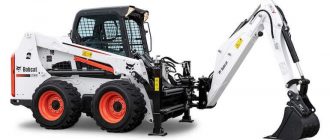
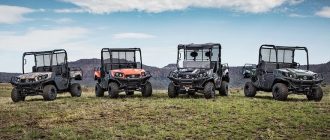
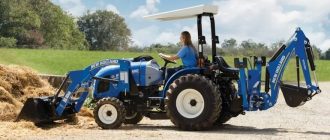
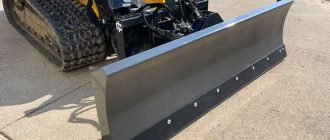

Bonsoir, les mesures à l’échelle sont-il disponible.
What exact sizes / dimensions are we talking about?